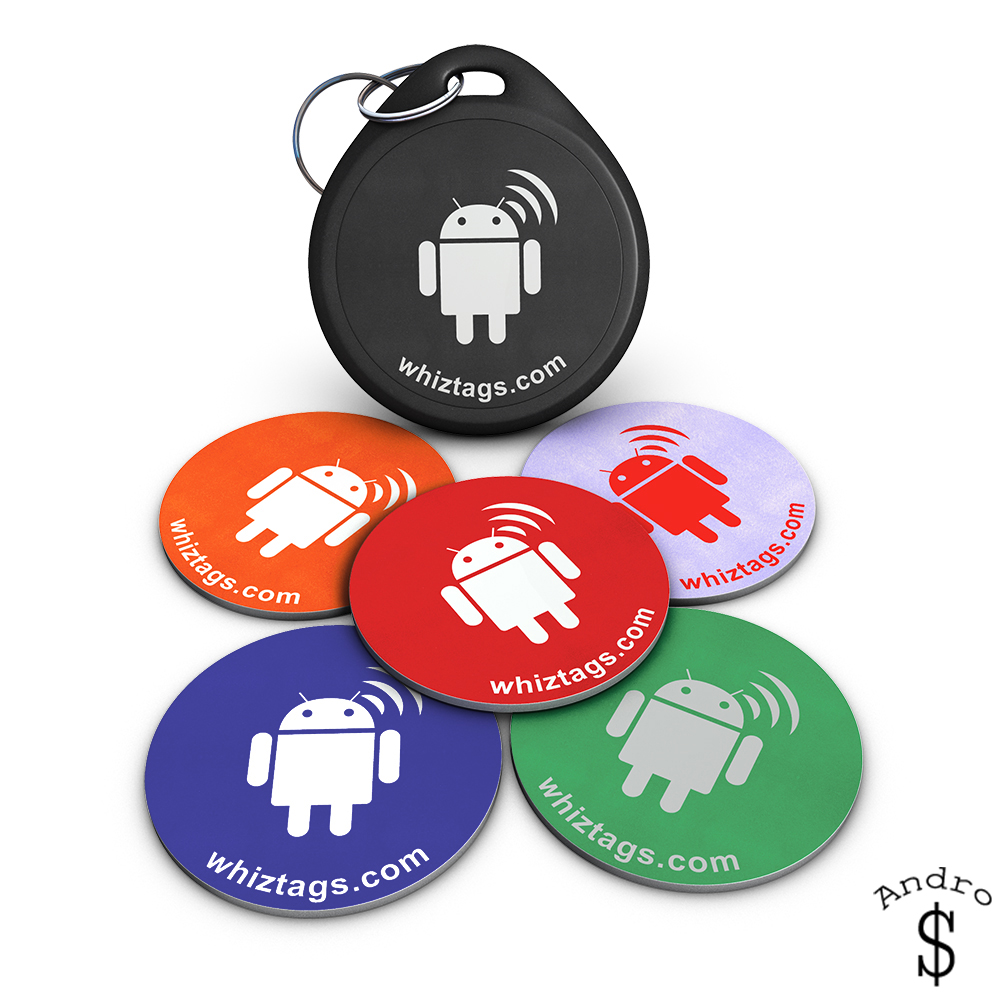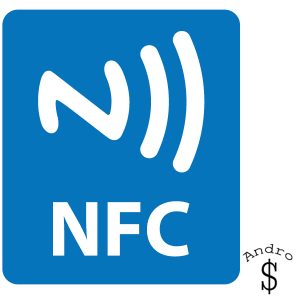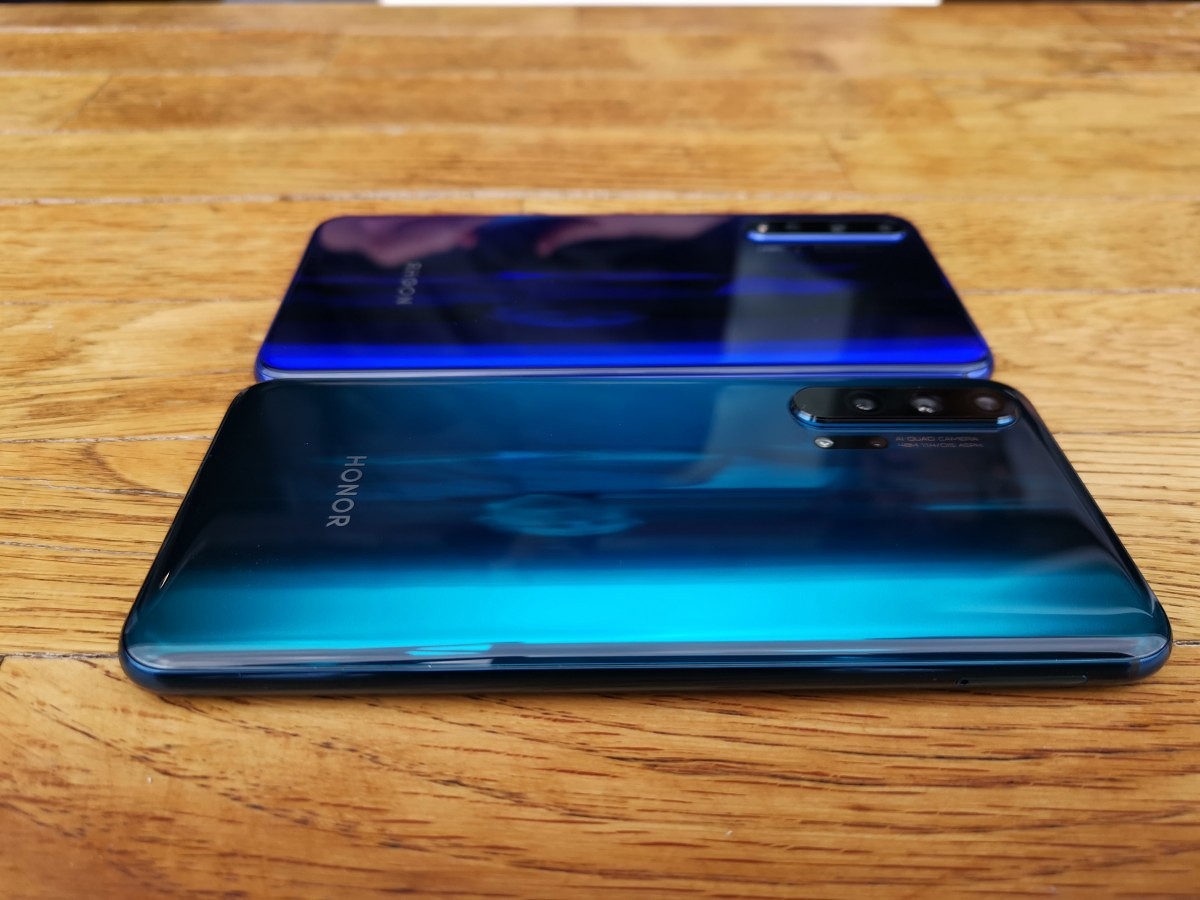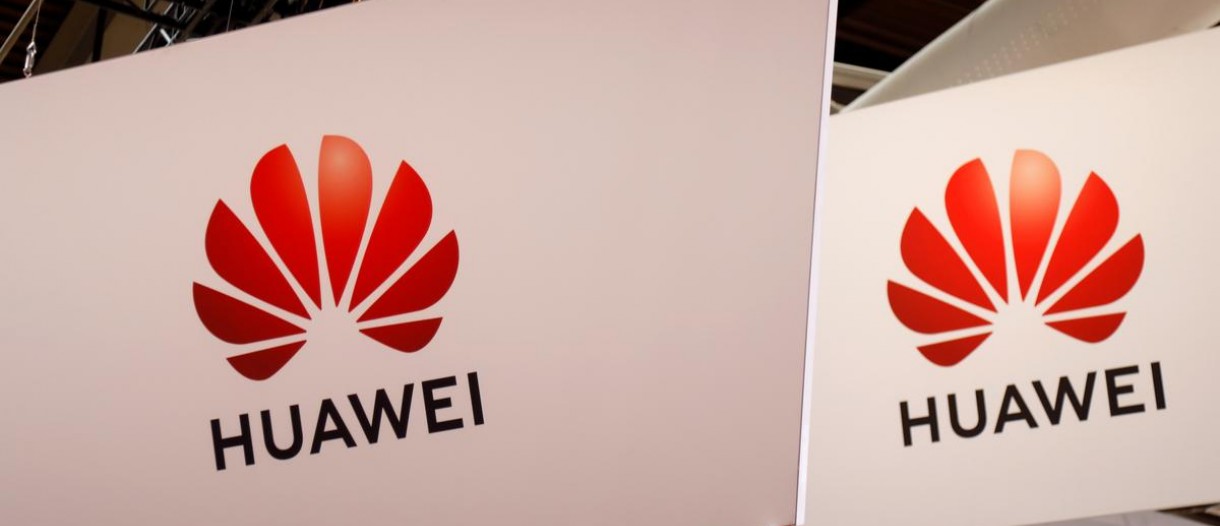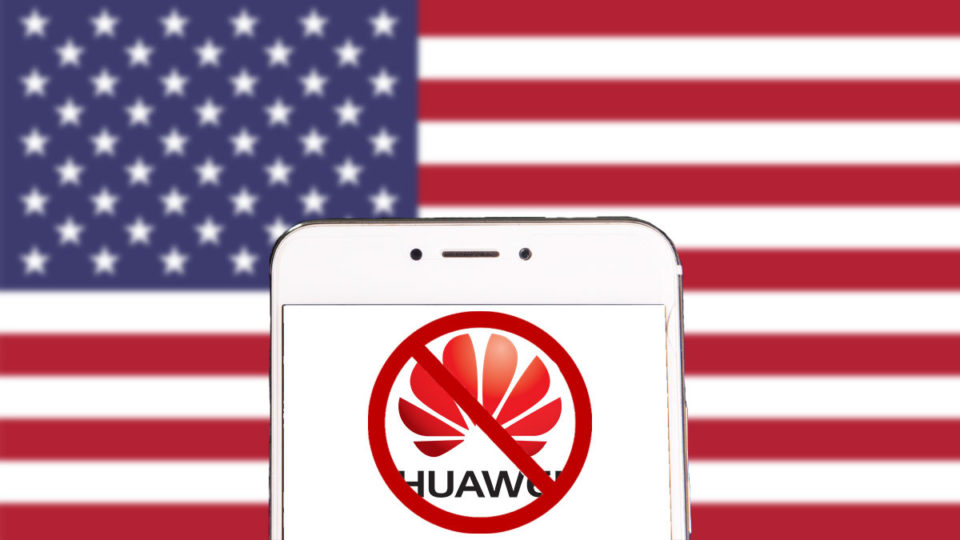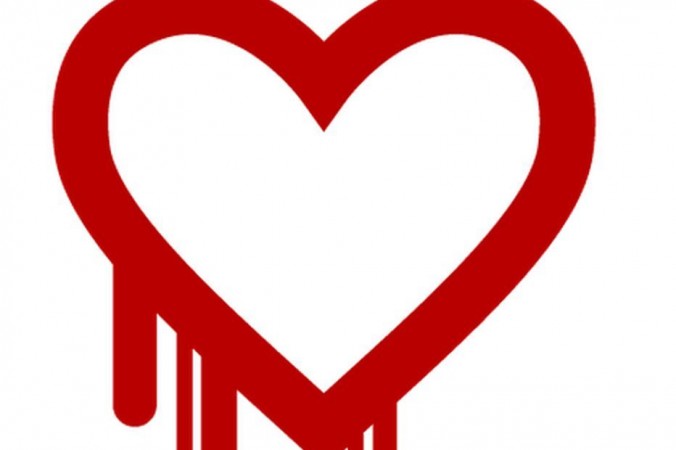Most people don’t realize the power of NFC because they don’t exactly know what it is. Here I’m going to give you a quick introduction to NFC.
Wikipedia Defines NFC as,
Near field communication (NFC) is a set of standards for smartphones and similar devices to establish radio communication with each other by touching them together or bringing them into close proximity, usually no more than a few inches. Present and anticipated applications include contactless transactions, data exchange, and simplified setup of more complex communications such as Wi-Fi. Communication is also possible between an NFC device and an unpowered NFC chip, called a “tag”
At its core, all NFC is doing is identifying us, and our bank account, to a computer. The technology is simple. It’s a short-range, low power wireless link evolved from radio-frequency identification (RFID) tech that can transfer small amounts of data between two devices held a few centimeters from each other.
Unlike Bluetooth, no pairing code is needed, and because it’s very low power, no battery in the device being read. By tapping your phone on a contactless payment terminal in a shop, train station or coffee shop is able to identify your account (and even your personal preferences, shopping habits and even your most frequently traveled route home) and takes payment through an app on your phone.
The transmission frequency for data across NFC is 13.56 megahertz, and data can be sent at either 106, 212 or 424 kilo-bits per second, which is quick enough for a range of data transfers – from contact details to swapping pictures and music.
In order to determine what sort of information is to be exchanged between devices, the NFC standard currently has three distinct modes of operation for compliant devices. Perhaps the most common use in smartphones is the peer-to-peer mode, which allows two NFC-enabled devices to exchange various pieces of information between each other. In this mode both devices switch between active, when sending data, and passive states when receiving.
Read/write mode, on the other hand, is a one way data transmission, where the active device, possibly your smartphone, links up with another device in order to read information from it. This is the mode used when you interact with an NFC advert tag.
The final mode of operation is card emulation, whereby the NFC device can be used like a smart or contactless credit card in order to make payments or tap into public transport systems.
Uses of NFC
Peer-to-peer technologies such as Android- or Samsung Beam, wherein you can share a file or a contact by touching together two smartphones. That’s kind of cool, but hardly a game changer.
More important is the potential for contactless commerce. If you think about a payment card such as the London Oyster card, then imagine using your phone for this purpose via NFC, you can see the benefit. Or how about using your smartphone instead of your contactless Visa Debit card? You could truly dispense with your wallet, although the dangers of losing your phone are intensified.
Hope that helped you out. If you have any questions, Please leave them on the Comments below and Please share this if you liked what you read.
